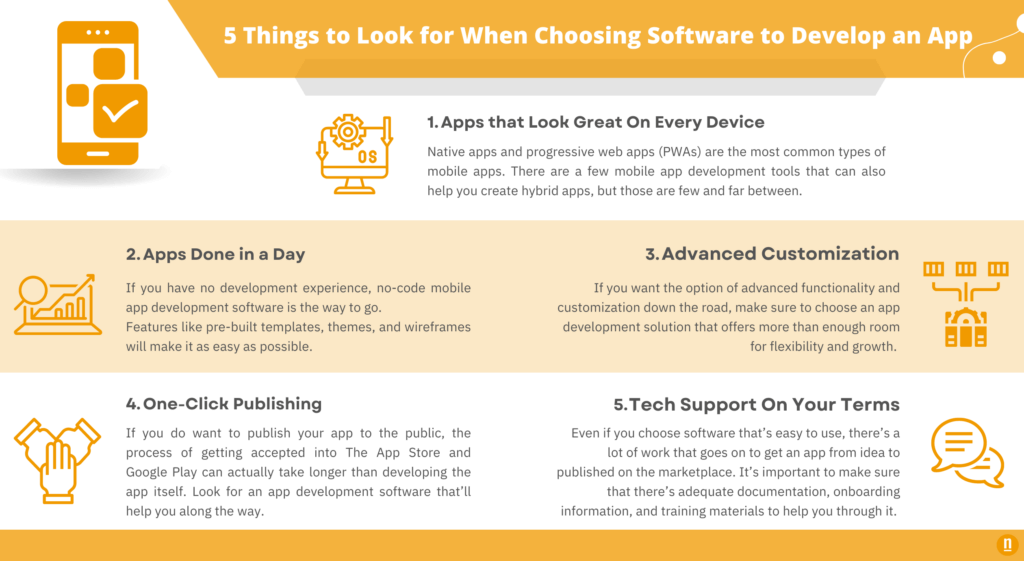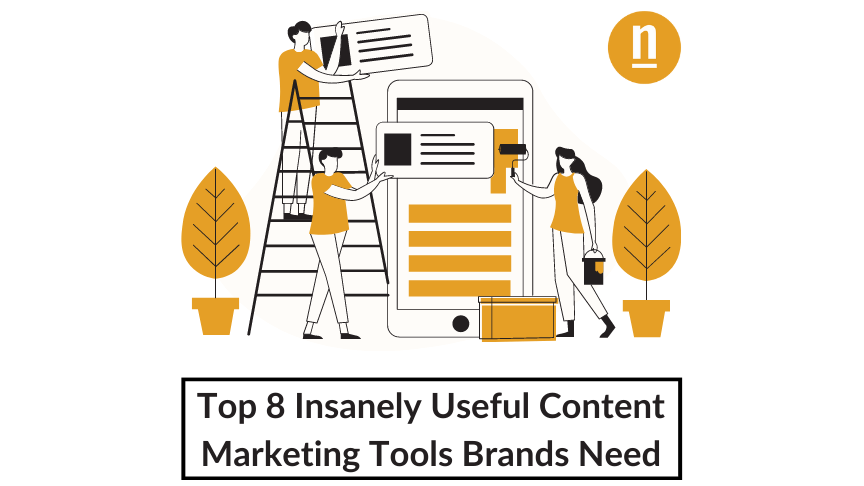Indeed, there’s no shortage of content marketing tools at our disposal. Because of that, the number of choices can get overwhelming. For example, when looking at 2020’s Marketing Technology Landscape Supergraphic, we can see over 8,000 solutions broken down into six categories. These include advertising and promotion, content and experience, and more.
In the content and experience category, you’ll find subcategories filled with various tools. For example:
- Content Marketing: Buzzsumo, Oracle, and nDash
- DAM, PIM & MRM: BrandMaster, Lingo, and inriver
- Email Marketing: Epsilon, Salesforce, and Constant Contact
- Interactive Content: Survey Monkey, Adobe, and Typeform
- Marketing Automation & Campaign/Lead Management: Limelight, Marketo, and CoverKit
- Mobile Apps: Augur, Progress, and Buildfire
- Optimization, Personalization & Testing: Marketing Optimizer, Load Impact, and Sticky
- SEO: Ahrefs, HubSpot, and Semrush
- Video Marketing: IBM, Vimeo, and Bent Pixels
- Web Experience Building & Management: Squarespace, WordPress, and Medium
Top 8 Content Marketing Tools
We pull our top content marketing tools from every category to reach our target audience effectively. Ultimately, our goal is to find new ways to drive visitors to the content they need. Additionally, content also should be relevant to the answers they want. In other words, the tools we use:
- streamline our processes
- improve our content’s quality
- reach our target audience wherever they are in their journey
While the tools that work for us might not work for every business, we hope our rundown helps you pinpoint what’s best for your needs.
Ahrefs
Indeed, keyword research plays a pivotal role in whether or not your content ranks well. Therefore, we recommend using Ahrefs to help with that. To clarify, use it for keyword research, tracking keyword performance, analyzing competitor’s keywords, and performing content gaps.
Additional benefits of using Ahrefs include:
- See which posts visitors share the most
- Identify competitor backlinks and broken links
- Check keyword clicks and keyword effectiveness
Buffer
Of course, tracking social media posts on a calendar app or spreadsheet might be helpful to some. However, adding a scheduling tool to that strategy makes life so much easier. We link Buffer to our social media channels to schedule published blog posts. Additionally, we use it to share new writers, announce product updates, and more.
Additional benefits of using Buffer include:
- Cross-posting to multiple channels
- Schedule posts for a week, month, or longer
- Use Buffer’s analytics to measure goals
ClickUp
We love using ClickUp for content marketing. You can use this tool for more than tracking content creation. Does one of your team members have an idea about improving the site? Or did they find a bug? Add that to ClickUp. Do you need a place to brainstorm ideas before adding them to your content strategy? Add that to ClickUp. It uses a Kanban-style setup for managing and streamlining workflows from start to finish.
Additional benefits of using ClickUp include:
- Workflow customization and optimization
- Team collaboration and management
- Note-taking and project management
Google Tools (Analytics, Calendar, Docs, Meet, Sheets)
We love Google Tools for various reasons. Specifically, how easy it is to edit and share information with content creators and clients. For example, share things like documents, calendar invitations, meeting notes, tracking sheets, and more. Your team can access and collaborate on any project with just a few clicks. We also love how easy it is to use analytics to measure and track visitor behavior, geographic locations, performance goals, and more.
Additional benefits of using Google tools for content marketing include:
- Tracking goals, project management, and performance
- Collaborating with teams within documents and sheets in real-time
- Organize and share data
Skype
Many often think of Skype as a communication app. However, it’s so much more than that. In other words, you can use this tool to record podcasts, brainstorm content ideas, hold one-on-one editorial meetings, and more. In addition, we love it for staying connected with team members daily, pinging content strategists with questions, connecting with clients, and more.
Additional benefits of using Skype for content marketing include:
- Capture audio or video testimonials from clients or other power users
- Invite subject matter experts as guests to weekly chats or “lunch and learn” video features
- Share and present content strategies, editorial calendars, and other marketing content with clients and other team members
WordPress
By all means, WordPress is an excellent tool for publishing blogs and other content. Above all, we love that the platform is user-friendly and includes thousands of plugins to help customize your website and improve its content. Specifically, over 30% of websites use WordPress, equaling over 455 million sites. Certainly, this content management system (CMS) is unparalleled.
Additional benefits of using WordPress include:
- User-friendly cloud-based interface
- It doesn’t require an HTML editor or FTP software
- Multiple users can create, edit, and post content
Zoom
Surprisingly, half a million businesses, including over half of Fortune 500 companies, use Zoom. Indeed, it’s no wonder we love it for content marketing. Notably, this platform is an excellent tool for capturing case studies, interviewing subject matter experts, creating thought-leadership videos, and more.
Additional benefits of using Zoom for content marketing include:
- Repurpose existing blogs and other content into videos
- Create product or service video content
- Edit video interviews, webinars, or case studies into highlight reels
nDash
Indeed, this tool rundown wouldn’t be complete without mentioning nDash. It’s our all-in-one platform that helps B2B marketing agencies of all sizes. In addition to finding tools like calendars and Kanban boards, you also have access to a suite of services and solutions. For example, those include content production, content strategies, and editorial planning.
Additional benefits of using nDash for content marketing are:
- Dedicated writing teams
- Client dashboards and easy organization
- Hands-on support
 Graphic provided by Crazy Egg
Graphic provided by Crazy Egg
Final Thoughts on Content Marketing Tools
Again, mentioning our top eight tools for managing our content marketing can help you determine which are best for your business. However, this list is by no means exhaustive. For example, when we need quick and simple designs, we turn to Canva. If we want to spot-check content, we use Grammarly and CopyScape. Or, if we need to analyze a blog post title, we use Monster Insights’ Headline Analyzer. Therefore, depending on your needs and goals, your selections may differ slightly.
